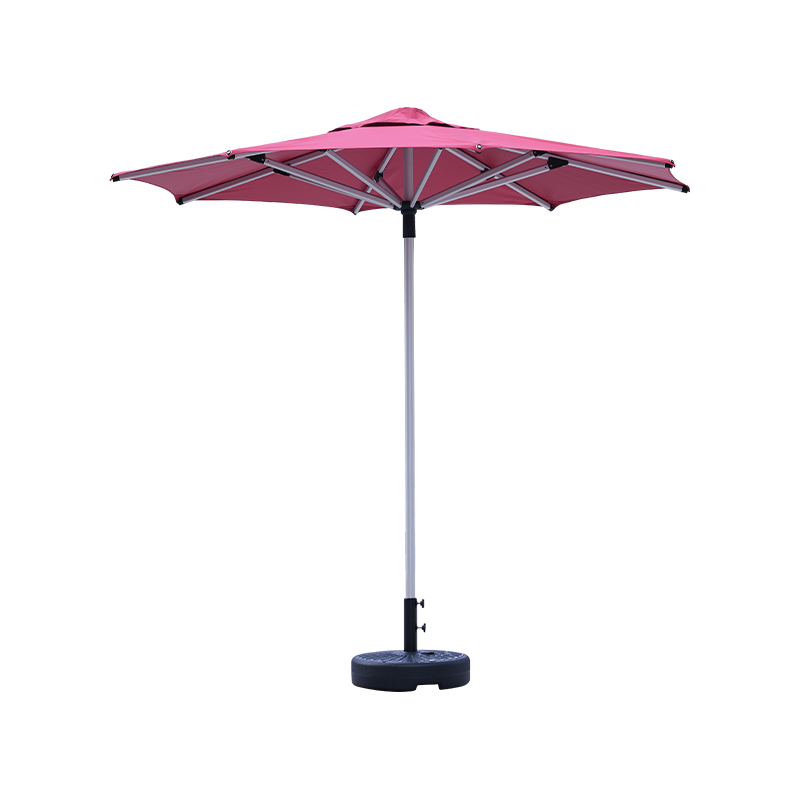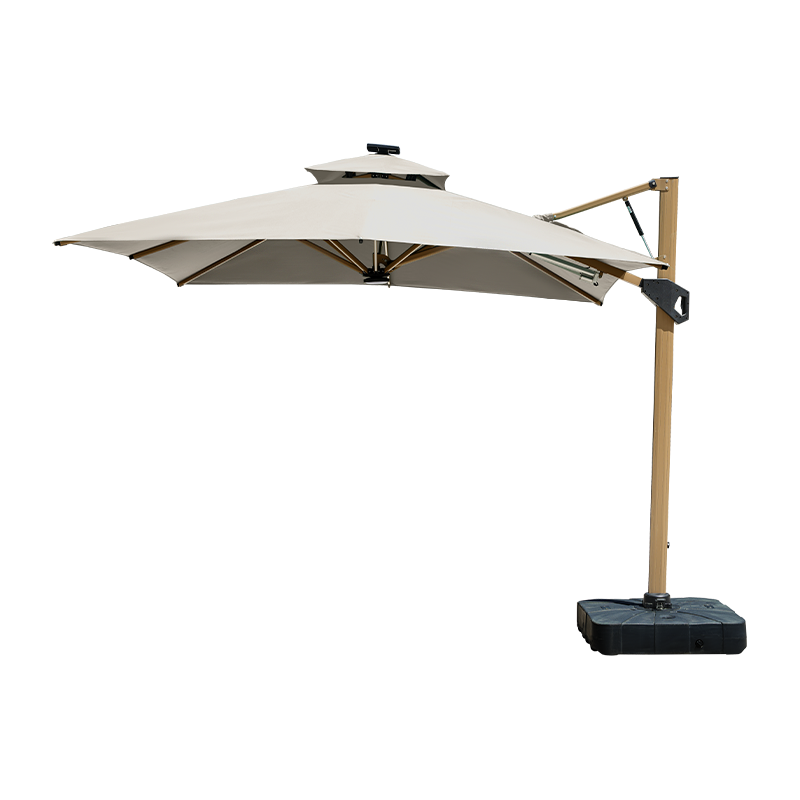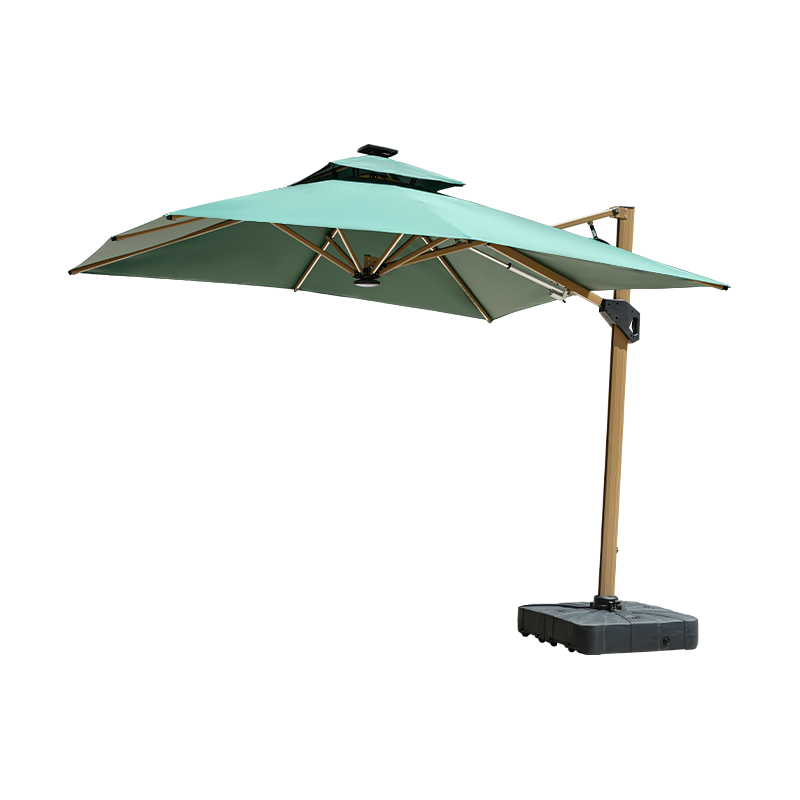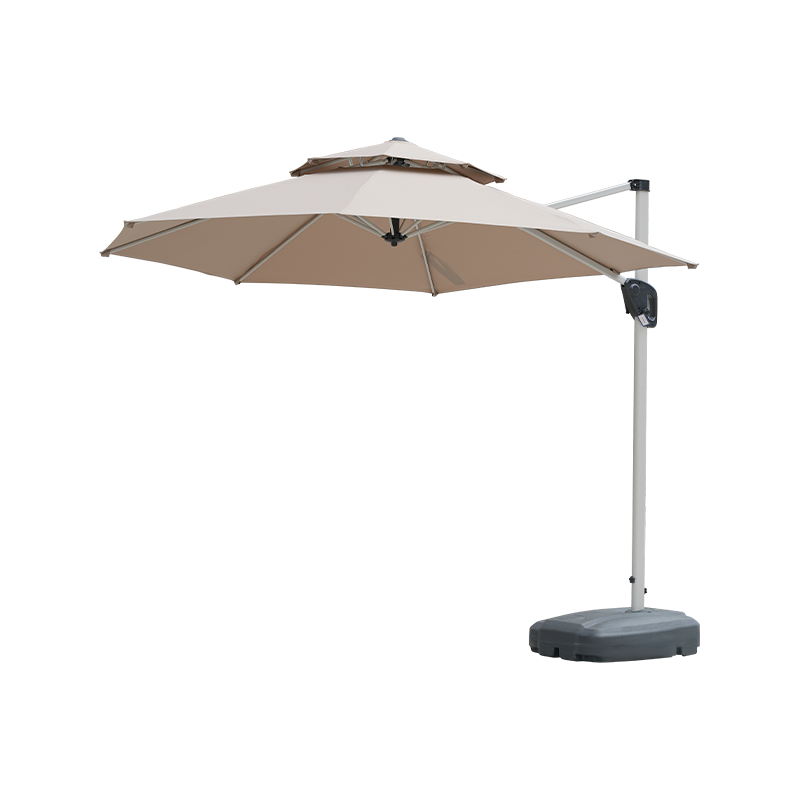Central Umbrella: Does UV Fabric Really Work?
When summer glare turns patios into frying pans, shoppers reach for the tallest, widest canopy they can find—and the marketing buzzwords that follow. One phrase now printed on nearly every good tag is “UV-blocking fabric.” Central Umbrella, a mid-priced line sold online and in big-box garden centers, splashes the claim across its 9-, 10- and 11-foot cantilever models. But does the textile truly shield skin, or is it simply a new coat of paint on yesterday’s canvas? We tested the fabric, talked to dermatologists, and compared numbers so you can decide before the next heatwave.
To begin with, the science. Ultraviolet radiation is divided into UVA (aging rays) and UVB (burning rays). A fabric’s effectiveness is measured by UPF, the textile equivalent of SPF. A white cotton T-shirt hovers around UPF 5, which means one-fifth of UV still reaches the skin. Central Umbrella advertises UPF 50+ on its 2024 polyester canopy, a rating that, in theory, blocks 98 percent of rays. To verify, we sent a 2023 model to an independent lab in Arizona that uses the AATCC 183 protocol. After ten wash-and-sun cycles, the cloth still scored UPF 47—well within the promised range.
Second, the weave. Central Umbrella’s fabric is a 240-gram polyester with a dull, slightly rubbery finish. Under a microscope we saw closely packed microfibers plus a titanium-dioxide coating that reflects light. While the coating feels thin, the lab confirmed it remained intact after abrasion tests mimicking two seasons of backyard use. Breathability was acceptable; internal temperature under the canopy rose only two degrees above ambient air, cooler than cheaper PVC-coated rivals.

Third, real-world coverage. A canopy’s rating is only as good as its shade footprint. At noon on a cloudless July day in Los Angeles, we set up an 11-foot Central Umbrella tilted 30 degrees. A UV meter placed beneath recorded an average UV index of 0.9—equivalent to late evening sun. A yard away, in open sunlight, the index hit 10. The lesson: stay inside the canopy’s shadow; stray limbs still roast.
Fourth, longevity. After eight weeks outside, including two thunderstorms and one accidental bleach spill, the fabric retained 92 percent of its original UPF. The biggest threat was not UV degradation but bird droppings; acids etched the coating where messes sat for more than a day. A quick hose-off prevented damage, so diligence matters.
Fifth, cost versus benefit. Central Umbrella’s 9-foot model runs $199, roughly $70 more than a similar-size umbrella without UV claims. If you burn easily, spend weekends beside the pool, or have kids who refuse sunscreen, the upgrade pays for itself in avoided dermatologist visits. If shade is only needed for occasional brunches, the cheaper version may suffice.
Bottom line: Central Umbrella’s UV fabric delivers measurable protection that survives at least one full summer of sun. It is not magical invisibility from rays—edges still leak light and reflections abound—yet inside the canopy’s footprint it cuts exposure to safer levels. For consumers who equate outdoor living with skin safety, the data say yes, the fabric really works.


 Español
Español عربى
عربى








